How to Make Cake Flour
Part of my Baking Basics series: Don't have cake flour? You will soon! All you need are all-purpose flour, cornstarch, and a few minutes to make your own.
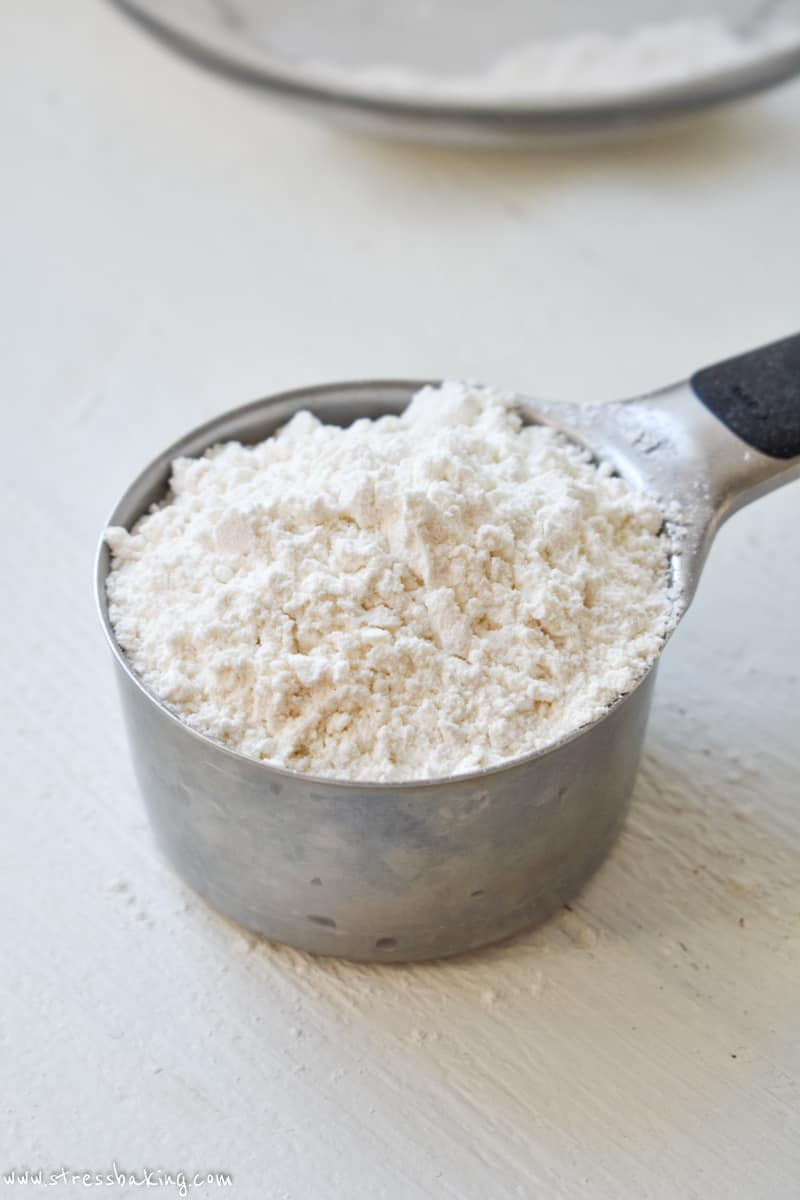
If you've ever encountered a recipe that called for cake flour and you've panicked because you didn't have any, stress no more!
We covered the different types of flour and how to use them in this post, but this post is specifically about cake flour with step-by-step photos and instructions for making your own. You only need two ingredients and a couple of minutes.
What is cake flour?
Cake flour has the lowest protein content of all the flours, which lends itself to softer and more delicate baked goods.
It’s very fine, and is generally put through a bleaching process that weakens the gluten proteins – this means it absorbs more liquid and sugar than all-purpose flour, which means you get a more moist cake with a higher rise.
So, long story short: cake flour is soft, which means your baked good will be soft, too.


How to make your own cake flour
It really is quite simple – you just have to make sure you're properly measuring your ingredients for the best results and the right ratio of flour to cornstarch.

Step 1: Measure out 1 cup of all-purpose flour and place it in a medium bowl. Now remove 2 tablespoons of the flour – just drop it back into your container of all-purpose flour.
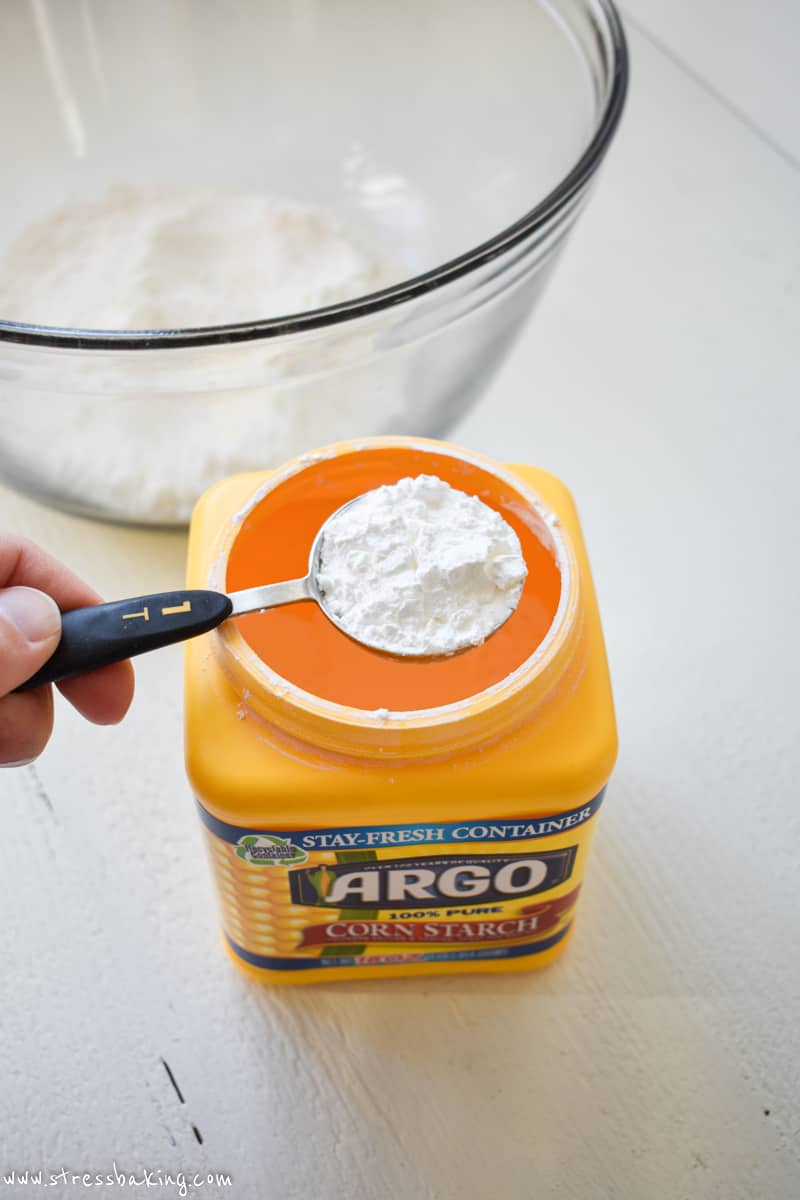
Step 2: Next, measure out 2 tablespoons of cornstarch and add it to the bowl of flour.
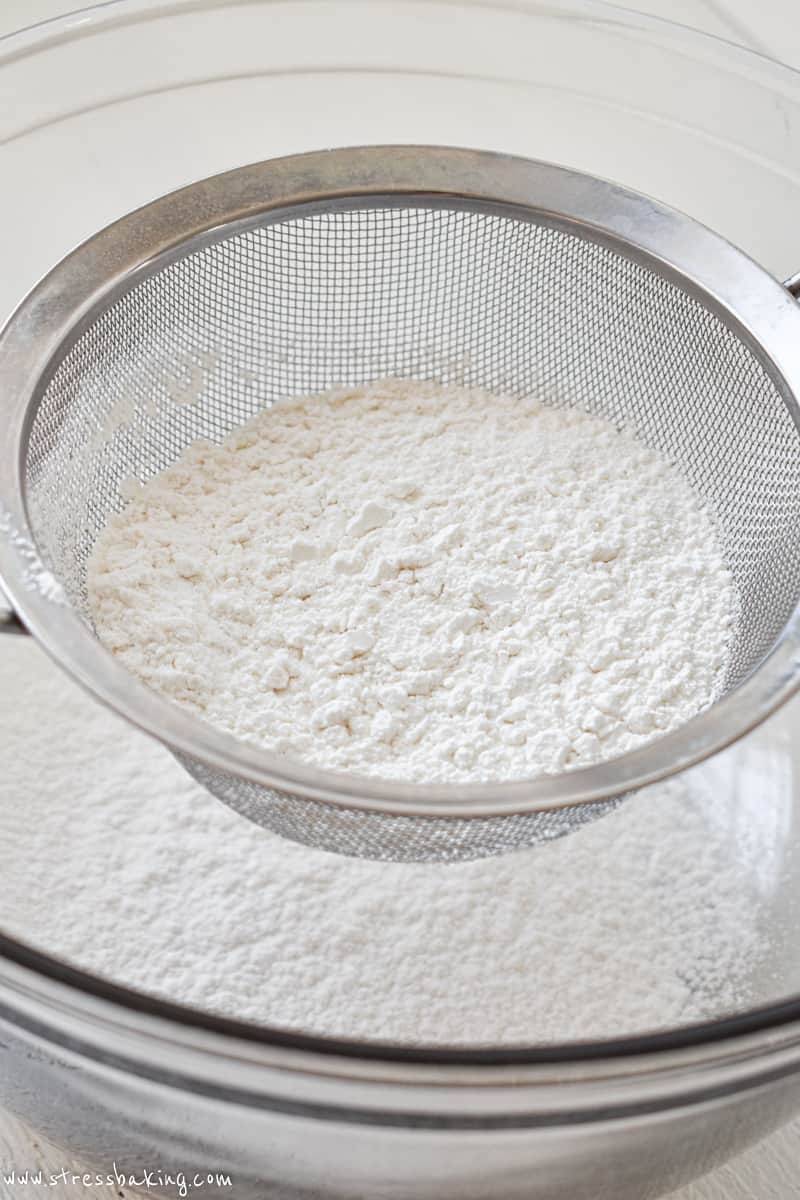
Step 3: Use a mesh sieve to sift the mixture into a separate bowl, and then repeat this process one more time. You want the mixture to be fine.

Tada! Now you have finely sifted cake flour to use in your favorite recipes.
How to use cake flour
It works best in cakes, especially one like angel food cake since it's such a light, fluffy and delicate type of cake. It's also great for sponge cakes, biscuits, muffins, and scones.
Because it is softer and finer than all-purpose flour, it can't necessarily be substituted 1:1 for all-purpose flour. If your recipe includes a good amount of wet ingredients like banana bread, hummingbird cupcakes, or triple chocolate banana bread, you'll want to stick with all-purpose flour.
As for storing your freshly made cake flour, be sure to store it in an airtight container – I use these and love them.
If you’re using the mixture you just made for a recipe immediately, measure out the amount needed as you’ve incorporated more air and it will be more than 1 cup at this point. Just look at the photo below to see what I mean:
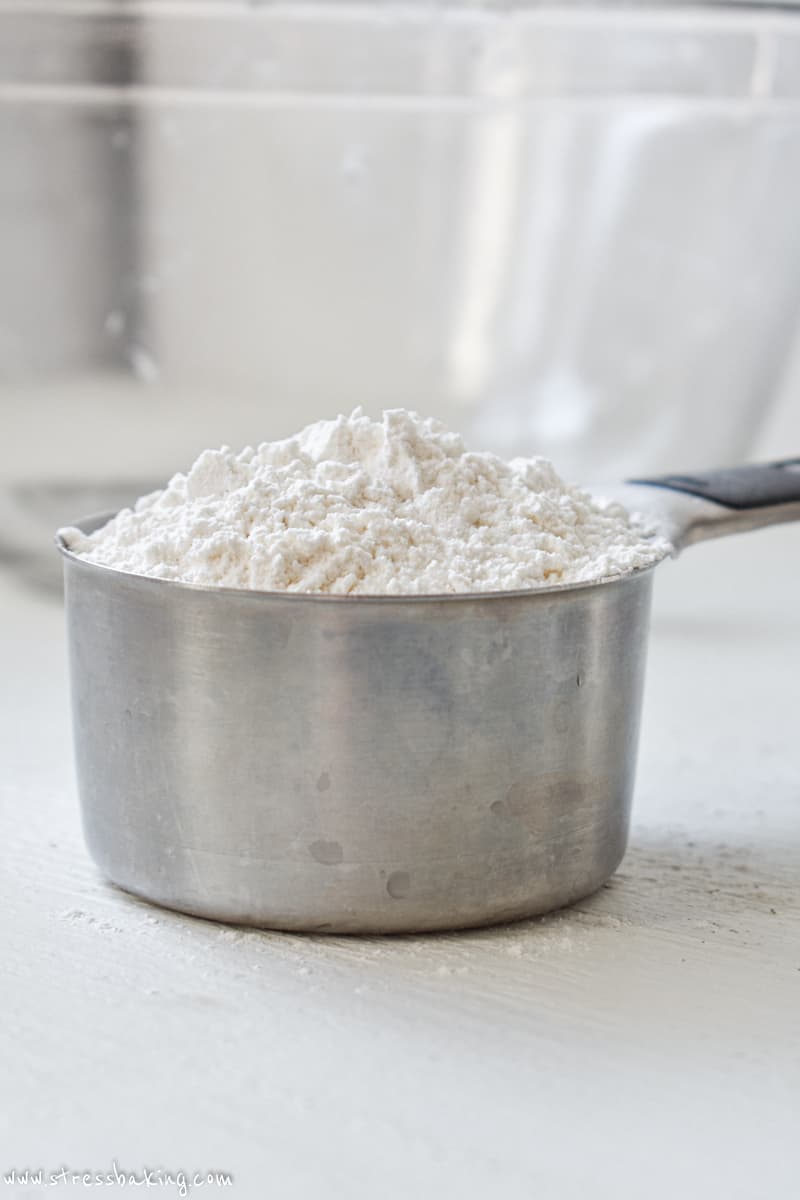

I hope this information helps!
Do you have any questions about this topic that I didn't answer? Let me know in the comments below!
Description
Equipment
- Straight edged utensil
Ingredients
- 1 cup all purpose flour
- 2 tablespoons cornstarch
Instructions
- Measure 1 cup flour and place in a medium bowl. Remove 2 tablespoons (just place it back in with the rest of your flour).
- Add 2 tablespoons cornstarch.
- Use a mesh sieve to sift the mixture into a separate bowl. Repeat this process one more time.
- If you’re using the mixture for a recipe immediately, measure out the amount needed as you’ve incorporated more air and it will be more than 1 cup at this point.
- Store in an airtight container – I use these and love them.


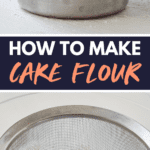

I’m making my first scratch cake. I’m nervous, it’s for my sons birthday. any advice?
love to learn new ideas to help me bake for my family ….thank you !!
Is cornstarch substitute for each cup of flour called for in the recipe? If recipe calls for 2 1/2 cups would that be an exchange of 5 tbs?